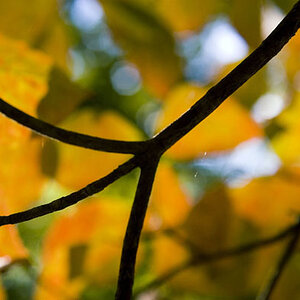Helen B
TPF Noob!
- Joined
- Sep 16, 2007
- Messages
- 3,296
- Reaction score
- 467
- Location
- Hell's Kitchen, New York
- Can others edit my Photos
- Photos NOT OK to edit
A white balance reference is sometimes useful when setting custom white balance in camera or later in post processing. Various reference cards and devices can be purchased. I assembled a few, and compared them with the things I often use.
It's often more important to get consistent white balance rather than technically accurate white balance. A consistent reference will help to normalize a set of photos before making adjustments to the aesthetically pleasing balance. It isn't always important, therefore, to have a technically perfect white reference.
Here are the spectral characteristics of some commercial grey references.
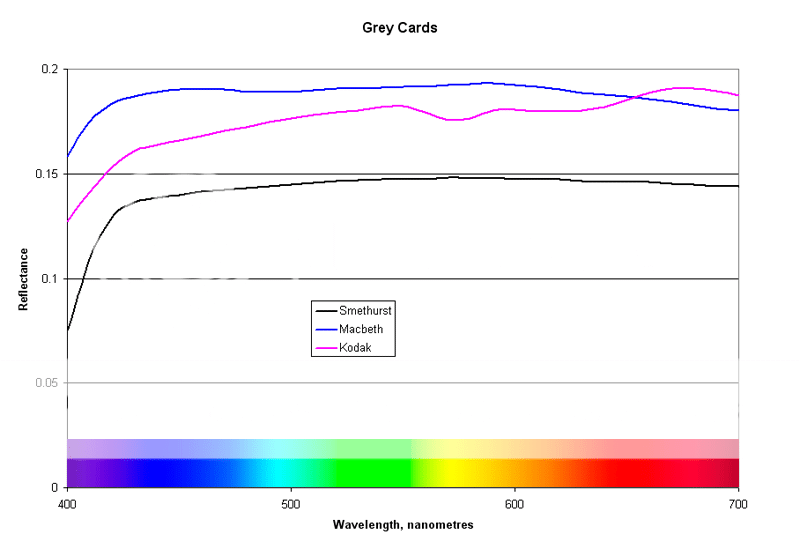
The Smethurst card is not supposed to be an 18% card - it is closer to 14.5%. The Macbeth reference is the middle step of the Macbeth three-step card.
Next, white references.
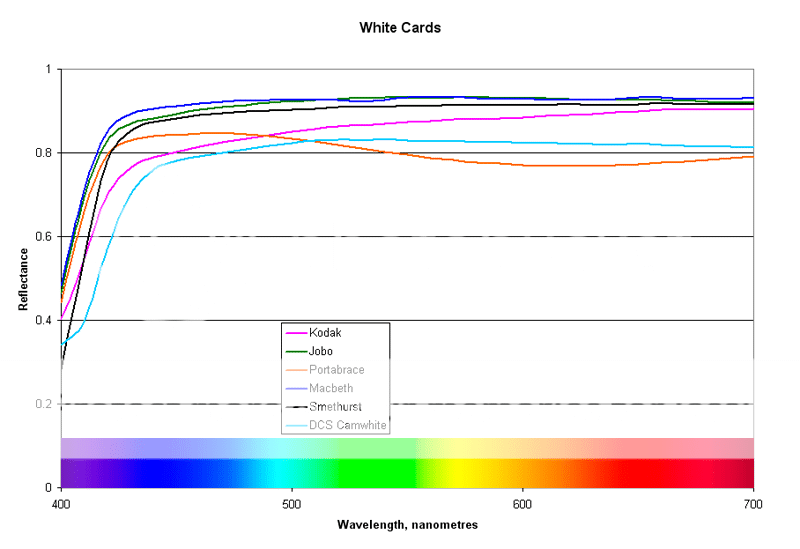
Though they all look far from white, in practice I've been happy with the white balance obtained from them all, with the Exception of the Portabrace.
Finally, the cream of the crop. Free stuff.
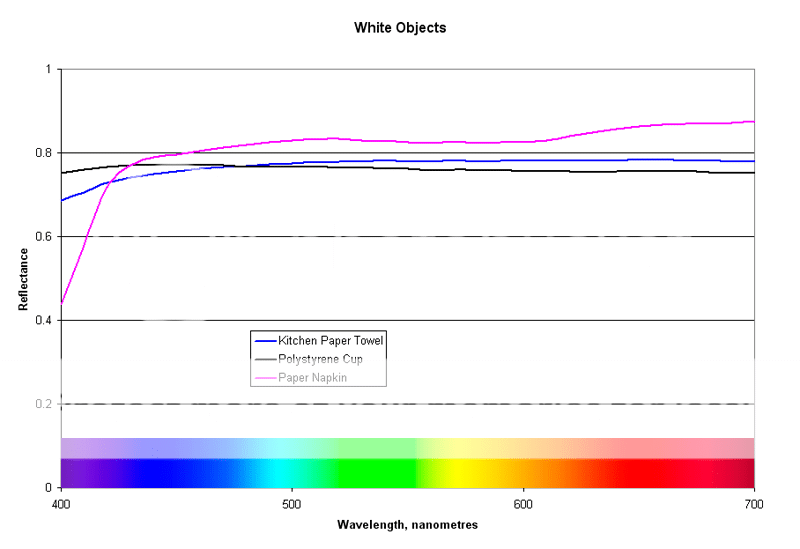
Look for kitchen towels or paper napkins that look clean and white. They are not likely to have lots of optical brighteners. Expanded polystyrene ("Styrofoam") is naturally white, and it makes a good reference. You can put a cup over your lens for an in-camera white balance, just like the rather more expensive ExpoDisc. You can also use polystyrene plates etc.
Best,
Helen
It's often more important to get consistent white balance rather than technically accurate white balance. A consistent reference will help to normalize a set of photos before making adjustments to the aesthetically pleasing balance. It isn't always important, therefore, to have a technically perfect white reference.
Here are the spectral characteristics of some commercial grey references.

The Smethurst card is not supposed to be an 18% card - it is closer to 14.5%. The Macbeth reference is the middle step of the Macbeth three-step card.
Next, white references.

Though they all look far from white, in practice I've been happy with the white balance obtained from them all, with the Exception of the Portabrace.
Finally, the cream of the crop. Free stuff.

Look for kitchen towels or paper napkins that look clean and white. They are not likely to have lots of optical brighteners. Expanded polystyrene ("Styrofoam") is naturally white, and it makes a good reference. You can put a cup over your lens for an in-camera white balance, just like the rather more expensive ExpoDisc. You can also use polystyrene plates etc.
Best,
Helen



![[No title]](/data/xfmg/thumbnail/36/36966-71220579619c9a335442302fce0e57aa.jpg?1619737842)
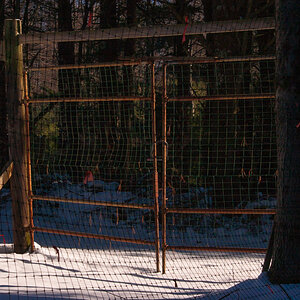
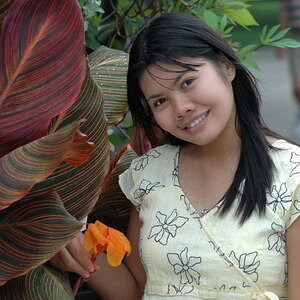

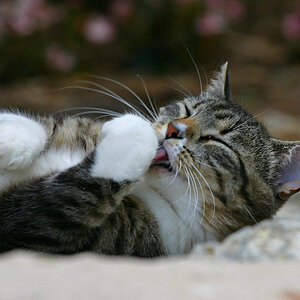
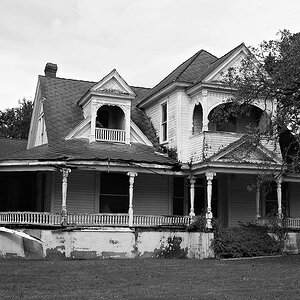
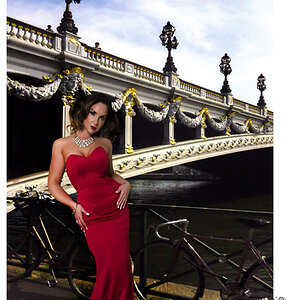
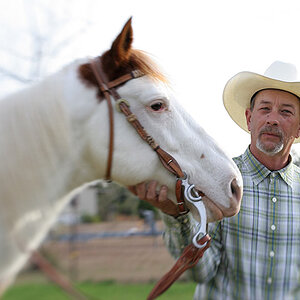
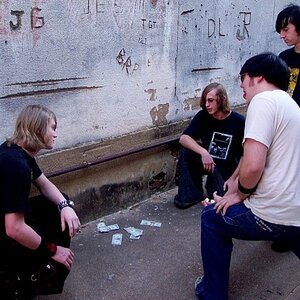
![[No title]](/data/xfmg/thumbnail/37/37606-3c9ffb5906173fa2aa489341967e1468.jpg?1619738148)
